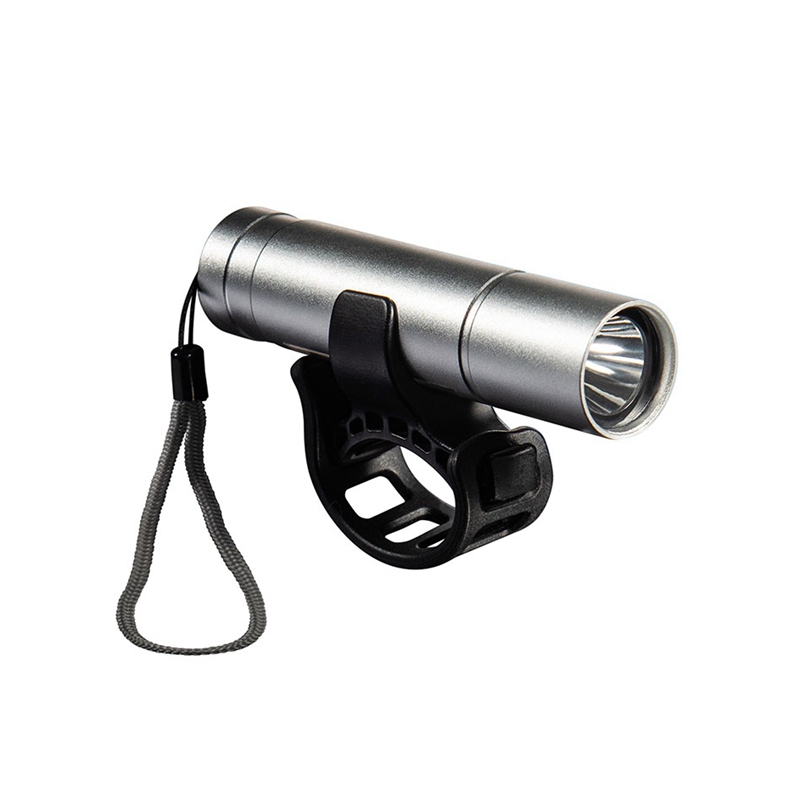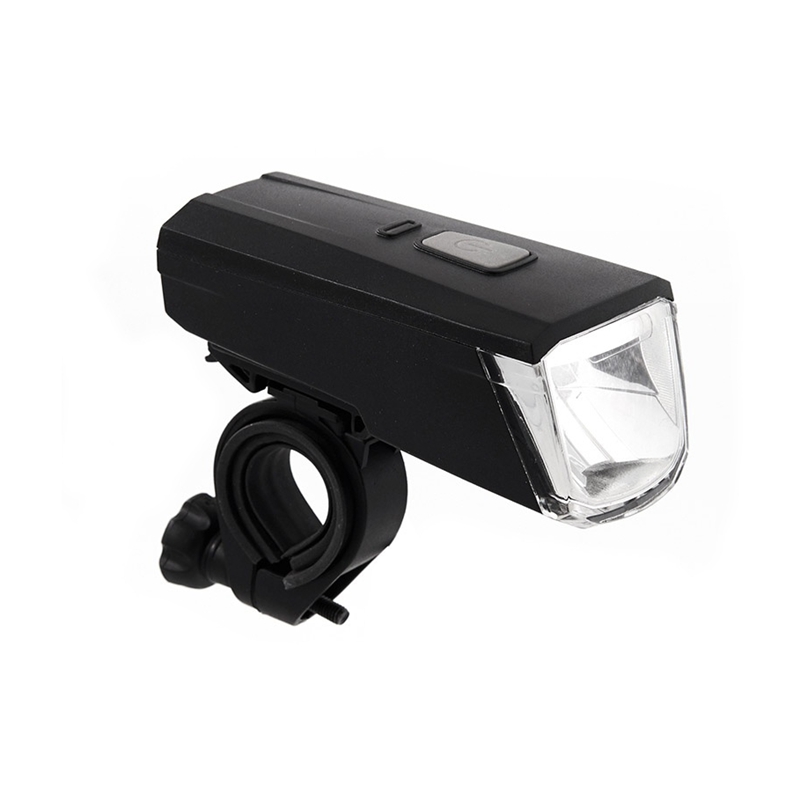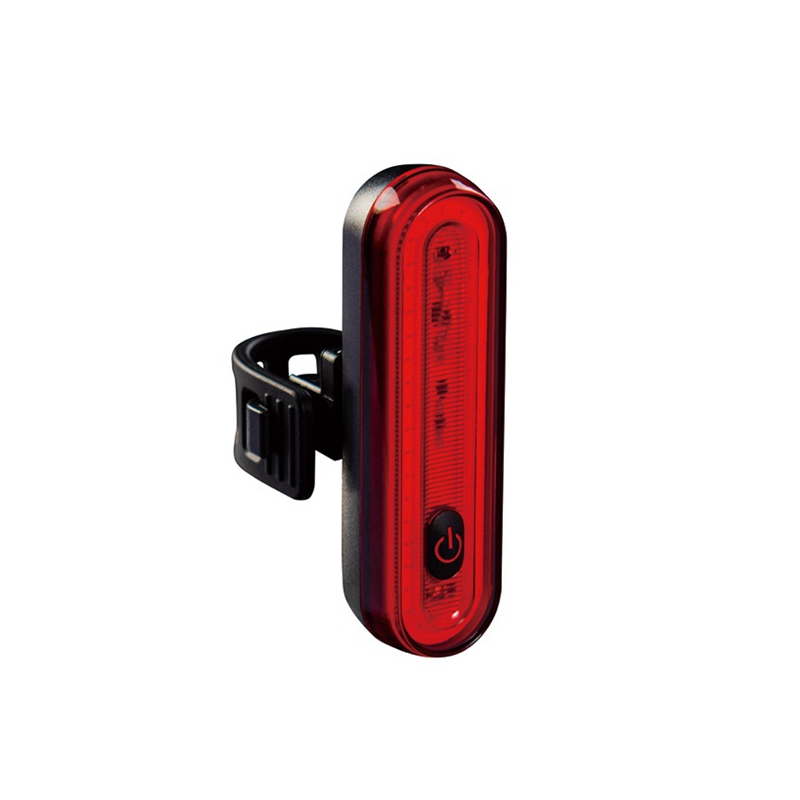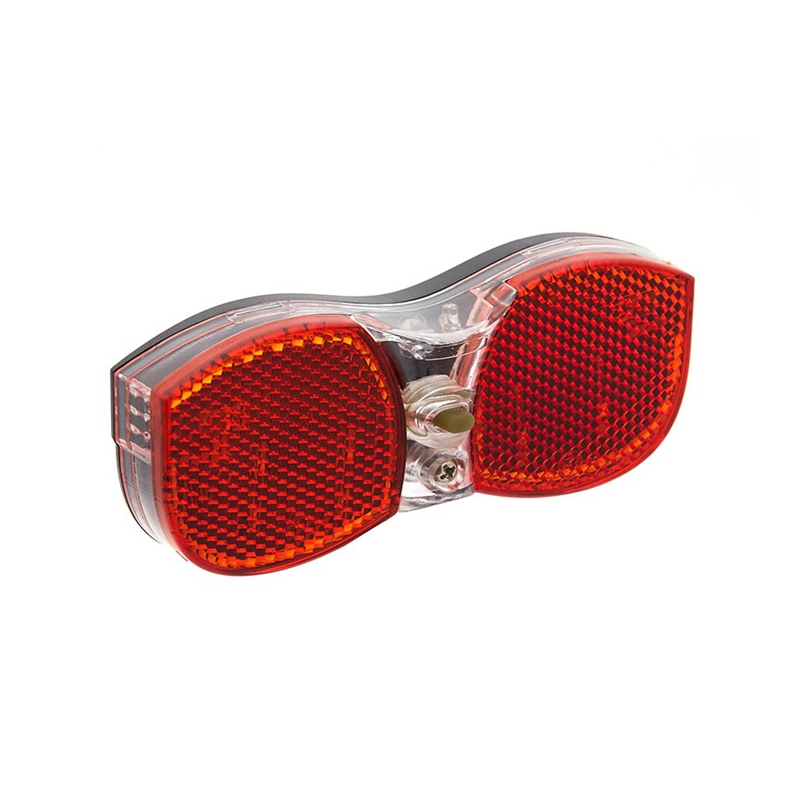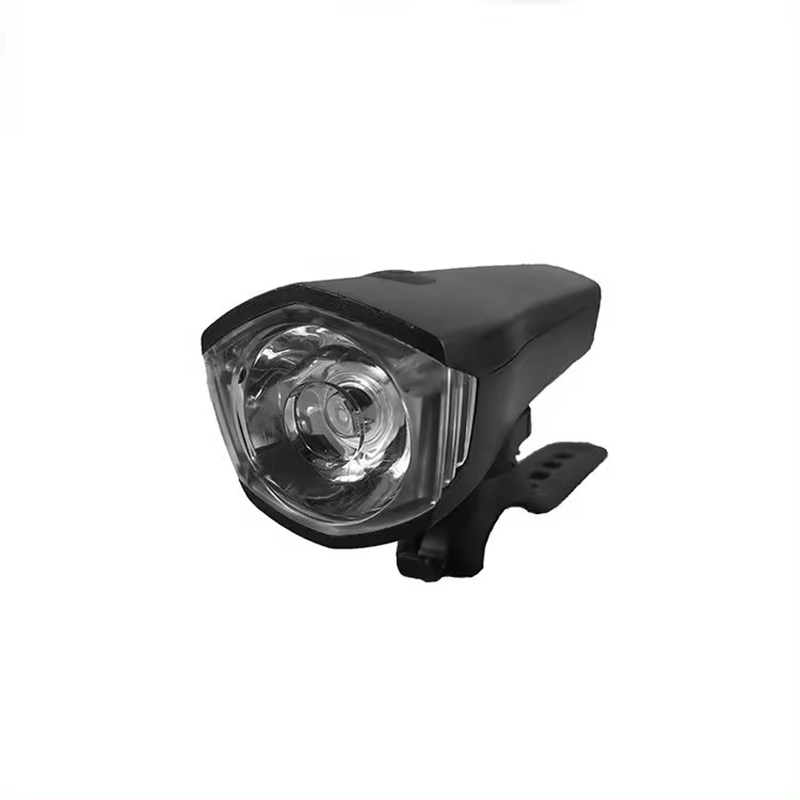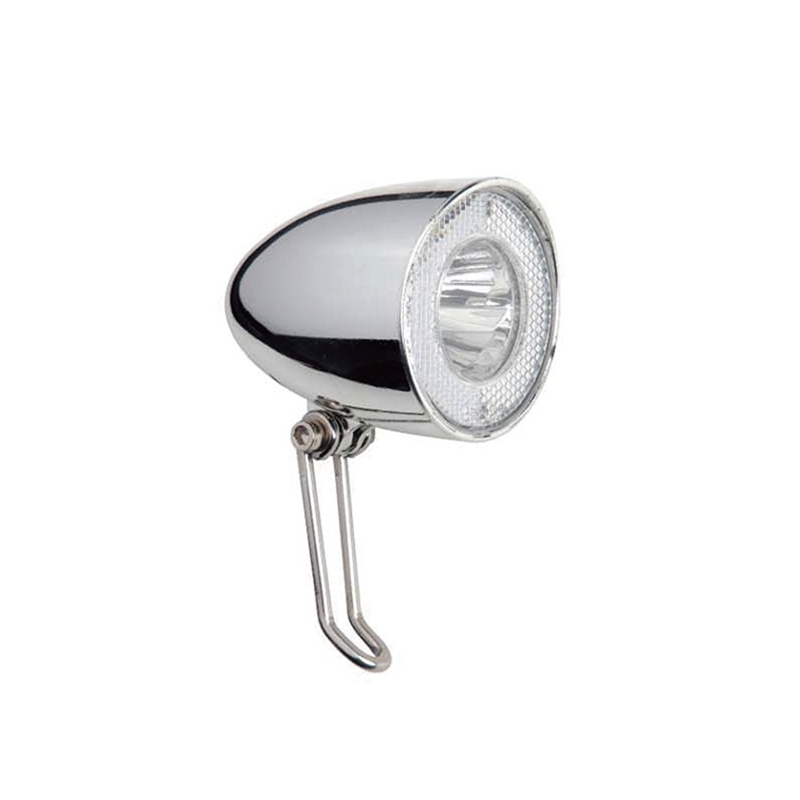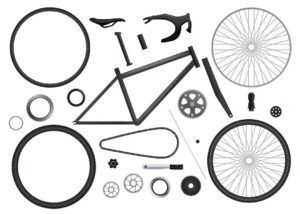Alguna vez te has encontrado entrecerrando los ojos en la oscuridad, Preguntándome si la luz de su bicicleta está realmente a la altura de la tarea? Es una preocupación común, especialmente a medida que los días se vuelven más cortos y las noches más. Puede que estés preguntando, “¿Qué luz de bicicleta de luz necesito para mantenerme a salvo afuera?” Ya sea que esté navegando por las calles de la ciudad o abordando senderos remotos, Tener la luz correcta de la bicicleta puede marcar la diferencia. Vamos a sumergirnos en lo que necesita saber para asegurarnos de que sus viajes estén bien iluminados y seguros.

¿Qué luces necesitas en una bicicleta??
Cuando se trata de luces de bicicleta, No se trata solo de iluminación delantera y trasera. Una configuración integral a menudo incluye múltiples luces que se adaptan a diferentes aspectos de la visibilidad y la seguridad..
Luz frontal
La luz delantera es una parte crucial del sistema de iluminación de su bicicleta, diseñado para iluminar el camino por delante y hacerte visible para los demás. Hecho de materiales duraderos como aluminio o plástico de alto grado, Está construido para resistir las condiciones climáticas y el impacto. La función principal de la luz frontal es proporcionar una vista clara de la ruta frente a usted., Asegurar la navegación segura en situaciones de poca luz. Por lo general, está instalado en el manillar, directamente hacia adelante, Usar una abrazadera o soporte para un ajuste seguro.
¿Cuántos lúmenes debería tener una luz de bicicleta delantera??
La cantidad de lúmenes que necesita para una luz de bicicleta frontal depende en gran medida de dónde conduzca. Para ciclismo urbano con farolas, 100-200 Los lúmenes pueden ser suficientes. Sin embargo, Si te aventuras en caminos o senderos más oscuros, Considere las luces con 500 lúmenes o más. Para serios entusiastas todoterreno, luces superiores 1,000 Se recomiendan lúmenes para garantizar una visión clara del terreno.
Luz trasera
La luz trasera es una característica de seguridad clave en su bicicleta., Diseñado para asegurarse de que sea visible por detrás. Por lo general, está hecho de materiales duros como plástico o aluminio para soportar condiciones al aire libre. La función principal de la luz trasera es alertar a los conductores y otros ciclistas a su presencia., Especialmente en condiciones de poca luz o nocturna. Por lo general, se instala en el poste del asiento o la rejilla trasera, mirando directamente hacia atrás, y está asegurado con una abrazadera o soporte para la estabilidad.
¿Cuántos lúmenes debería ser una luz de bicicleta trasera??
Una luz trasera no necesita ser tan brillante como la luz delantera, pero debe ser visible desde la distancia. Típicamente, Las luces traseras van desde 20 a 100 lúmenes. Para los viajes de la ciudad, 20-50 Lúmenes suele ser adecuado, Pero si está en bicicleta en las carreteras rurales o en condiciones de baja visibilidad, optar por una luz trasera más cerca de 100 Lumens mejorará su seguridad.
Luces laterales (Opcional pero recomendado)
Las luces laterales mejoran su visibilidad desde todos los ángulos, haciéndolos una valiosa adición a la configuración de iluminación de tu bicicleta. Si bien no siempre es necesario, Proporcionan seguridad adicional al iluminar los lados de su bicicleta y ayudar a los conductores y otros ciclistas a verlo en las intersecciones o al cruzar carriles. Estas luces generalmente están hechas de peso ligero, materiales duraderos como plástico y están diseñados para ser resistentes a la intemperie. Por lo general, están montados en el marco o radios de la bicicleta., a menudo usando clips o tiras adhesivas para una fácil instalación.
¿Cuál es la luz de bicicleta frontal más brillante??
Para aquellos que necesitan la máxima visibilidad, Las luces de bicicleta delantera más brillantes en el mercado pueden ofrecer más de 2,000 lúmenes. Estas luces se usan típicamente para condiciones extremas, como ciclismo de montaña por la noche o en áreas sin luz ambiental. Sin embargo, Tenga en cuenta los cegadores de otros usuarios de la carretera, y considere usar estas luces de alta potencia en modos bajos o ajustables cuando se encuentran en calles bien iluminadas.
Luces de casco (Opcional)
Las luces del casco ofrecen una capa adicional de visibilidad y control, Mientras siguen la dirección de tu mirada. Esto los hace particularmente útiles en situaciones en las que necesita ver en las esquinas o en áreas donde su luz delantera podría no alcanzar. Las luces del casco son generalmente livianas para evitar agregar tensión, y a menudo están hechos de materiales resistentes al impacto como plástico reforzado. Su función principal es complementar las luces principales de su bicicleta, Mejorar la visibilidad en entornos oscuros o complejos. La instalación implica unir la luz a su casco con correas o soportes adhesivos.
¿Vale la pena las luces del casco??
Sí, Las luces del casco valen la pena, particularmente para los ciclistas que con frecuencia viajan en condiciones desafiantes. Son especialmente beneficiosos para los ciclistas de montaña, Los viajeros que viajan en áreas mal iluminadas, y aquellos que necesitan iluminación adicional para ver en las esquinas. Aunque no es esencial para cada piloto, Ofrecen una ventaja de seguridad significativa para aquellos que necesitan iluminación y flexibilidad adicionales..
¿Cuántas lúmenes necesito para una luz de casco??
Las luces del casco no necesitan ser tan potentes como su luz delantera principal. Una luz con 200-500 Lúmenes es generalmente suficiente, proporcionando una amplia iluminación sin agregar demasiado peso a su casco.
Luces de cabeza (Opcional)
Luces de cabeza, También conocido como luces montadas en la cabeza, están diseñados para iluminar su campo de visión, Proporcionar luz enfocada donde quiera que mire. A diferencia de las luces de bicicleta delantera, que se fijan al manillar, Las luces de la cabeza se usan en la cabeza del jinete, Típicamente usando una correa ajustable para un ajuste seguro. Están hechos de peso ligero, Materiales duraderos para garantizar la comodidad y la resiliencia. La función principal de las luces de la cabeza es mejorar la visibilidad en condiciones oscuras y proporcionar iluminación adicional para tareas detalladas, como navegar senderos o leer mapas. Son especialmente útiles para los ciclistas que necesitan una fuente de luz manos libres.
¿Cuál es el mejor faro de bicicleta??
Al elegir el mejor faro de bicicleta, Concéntrese en las siguientes características clave:
- Brillo y salida de luz: Busque un faro con suficiente brillo para sus condiciones de conducción. Una salida de luz entre 500 y 1,000 Lumens es generalmente adecuado para la mayoría de las noches., con salidas más altas necesarias para senderos oscuros o condiciones todoterreno.
- Duración de la batería: Opta por un faro con una batería de larga duración para asegurarse de que pueda soportar sus viajes sin recargas frecuentes. Considere modelos con múltiples configuraciones de brillo para extender la duración de la batería.
- Durabilidad: Elija un faro hecho de robusto, Materiales resistentes a la clima para resistir las condiciones e impactos al aire libre. Asegúrese de que esté clasificado como impermeable o al menos resistente al agua.
- Sistema de montaje: Un sistema de montaje seguro y ajustable es crucial para una fácil instalación y posicionamiento estable. Busque faros que se puedan unir cómodamente a su casco o manillar.
- Patrón de haz: Un buen faro debe proporcionar un haz ancho e incluso para iluminar su entorno de manera efectiva. Algunos modelos ofrecen patrones de haz ajustable para enfocar la luz donde se necesita más.
Reflectores (Además de las luces)
Los reflectores son cruciales para mejorar su visibilidad al viajar en condiciones de poca luz, Complementar las luces de su bicicleta. A diferencia de las luces activas, Los reflectores funcionan rebotando la luz de otras fuentes, como los faros del coche, Volver hacia la fuente. Por lo general, están hechos de materiales de alta visibilidad como cinta reflectante o plástico.
Los reflectores se colocan estratégicamente en varias partes de la bicicleta.: sobre las ruedas, pedales, y a menudo en la parte delantera y trasera del marco. Esta colocación asegura que sea visible desde múltiples ángulos., Aumentar la seguridad general al alertar a los conductores y a otros usuarios de la carretera a su presencia.
¿Qué color reflectores para las ruedas para bicicletas??
Los reflectores para las ruedas para bicicletas son típicamente blancas o ámbar. Los reflectores blancos a menudo se colocan en la rueda delantera, mientras que los ámbar se usan en la parte trasera. Estos colores se eligen porque se ven fácilmente en la oscuridad, Ayudando a alertar a los conductores sobre su presencia.
¿Dónde está el mejor lugar para poner reflectores en una bicicleta??
El mejor lugar para poner reflectores es en sus ruedas y pedales., A medida que se mueven cuando cicatrizan, creando una reflexión dinámica que es difícil de perder. Además, colocar reflectores en la parte delantera y trasera de su bicicleta, así como en los lados, Mejora su visibilidad desde todos los ángulos.
¿Qué luz de bicicleta Lumen necesito??
La luz de bicicleta de luz correcta requiere comprender sus condiciones de conducción. Si estás en bicicleta en las zonas urbanas, una luz frontal de 100-200 lúmenes y una luz trasera de 20-50 Los lúmenes pueden ser suficientes. Sin embargo, para ciclismo rural o fuera de la carretera, Considere las luces delanteras con 500 lúmenes o más, y luces traseras con al menos 50-100 lúmenes. Recordar, El objetivo es ver y verse sin dominar a otros usuarios de la carretera..
¿Cuál es la mejor luz de la bicicleta para montar la noche??
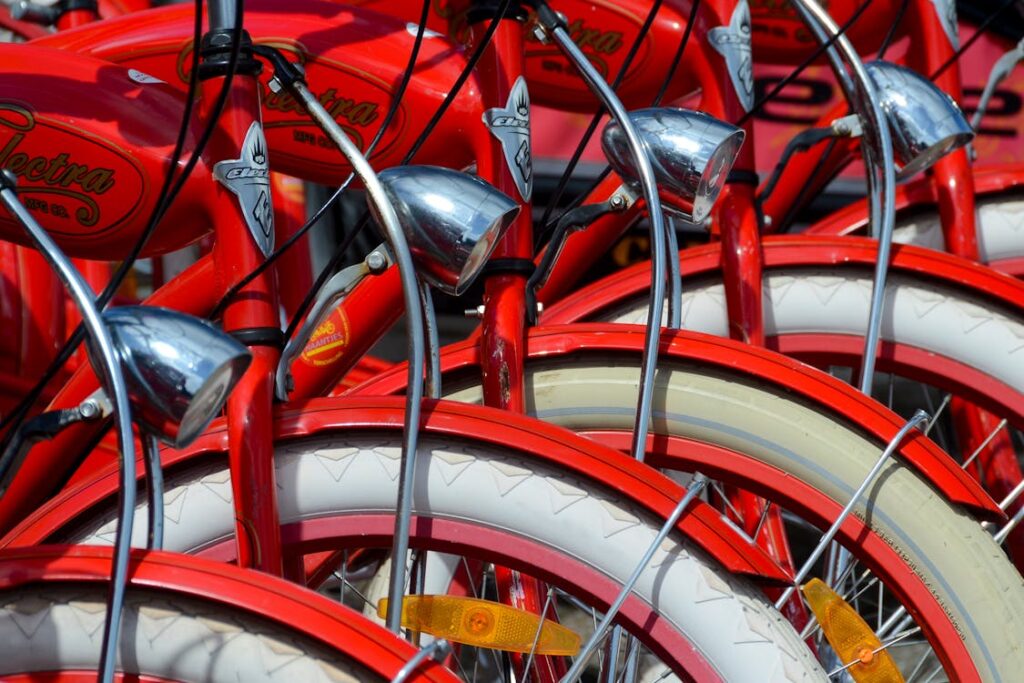
Para montar la noche, Necesita una luz que sea lo suficientemente potente como para iluminar su camino sin drenar la batería demasiado rápido. Luces con 500-1,000 Los lúmenes son ideales para la mayoría de los paseos nocturnos, proporcionando un buen equilibrio entre el brillo y la duración de la batería. Puede buscar luces con configuraciones ajustables, permitiéndole conservar la potencia cuando no es necesario un brillo total.
Si quieres saber más detalles, Bienvenido a leer nuestra guía completa sobre Qué lúmenes para la luz de la bicicleta? Guía de lúmenes & Usos.
¿Cuáles son las mejores luces para una bicicleta?? Las mejores marcas de luces de bicicleta recomendadas

Seleccionar las mejores luces de bicicleta implica considerar factores como el brillo, durabilidad, y características adicionales. Aquí hay cinco mejores marcas reconocidas por sus luces de bicicleta de alta calidad:
- BRILLAR PRONTO: Como luz de bicicleta personalizada fabricante con un excelente proceso de producción, Shine pronto ofrece soluciones a medida para satisfacer las necesidades específicas. Proporcionan servicios como impresión de etiquetas, desarrollo de productos, personalización en profundidad, y diseño de paquetes. Ya sea que tenga una visión clara o necesite asistencia, lluvia de ideas, Shine pronto puede empujar los límites para crear una luz de bicicleta que se alinee perfectamente con sus preferencias y especificaciones..
- Garmin: Conocido por su tecnología de ciclismo avanzada, Garmin ofrece luces de bicicleta que se integran a la perfección con sus sistemas GPS. Ellos proporcionan brillantes, Iluminación confiable y duración de la batería larga, haciéndolos ideales para ciclistas serios.
- Cicgolita: Se elogia a Cygolite por sus diseños innovadores y luces de alto rendimiento. Sus productos cuentan con salidas de alta luz, múltiples modos, y construcción robusta, Adecuado para montar urbanos y senderos.
- Cateye: Un nombre de confianza en accesorios de ciclismo, Cateye proporciona una gama de luces de bicicleta conocidas por su durabilidad y distribución de luz efectiva. Sus luces son confiables y ofrecen varias opciones para diferentes necesidades de conducción..
- lezyne: Las luces de bicicleta de Lezyne son reconocidas por sus leds brillantes y baterías duraderas. Combinan un diseño elegante con un rendimiento potente, atender a ciclistas cotidianos y buscadores de aventuras.
Conclusión
La luz de la bicicleta adecuada no se trata solo de elegir la opción más brillante disponible; Se trata de encontrar el equilibrio perfecto para sus necesidades específicas. Cuando te preguntaste, “¿Qué luz de bicicleta Lumen necesito??” Considere dónde y cuándo estarás montando. La luz correcta puede transformar su experiencia en ciclismo, haciéndolo más seguro y más agradable. Entonces, prepararse con la iluminación adecuada, y salga a la carretera o un rastro con confianza, Sabiendo que estás bien preparado para lo que sea el viaje..

